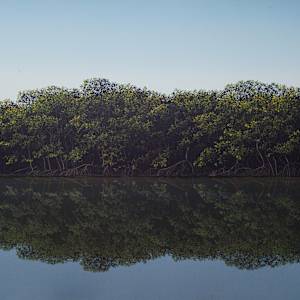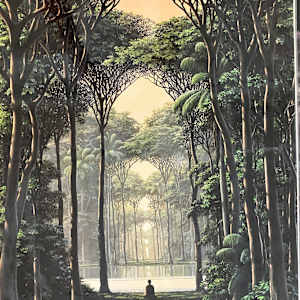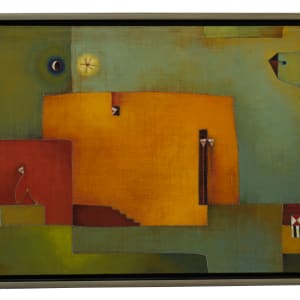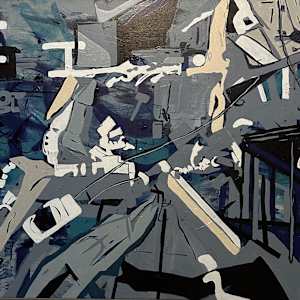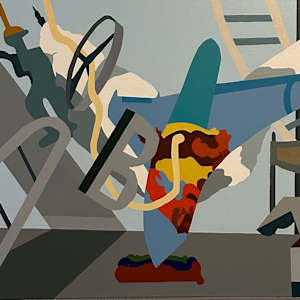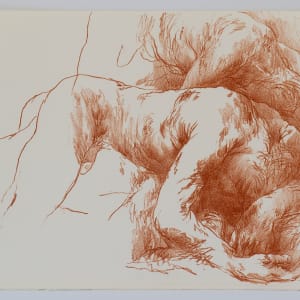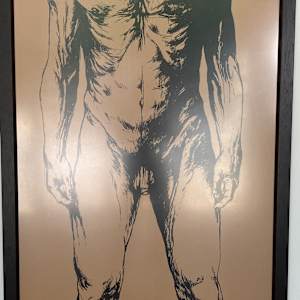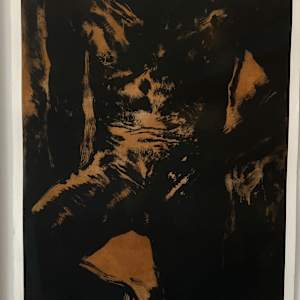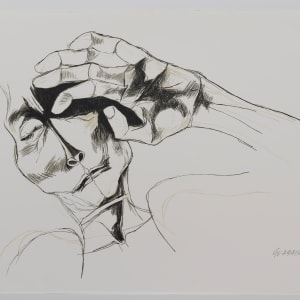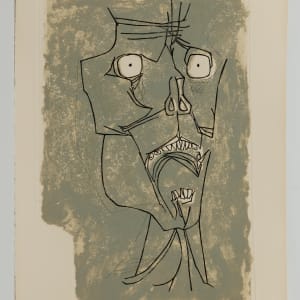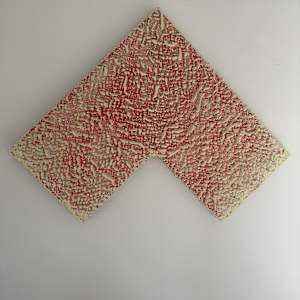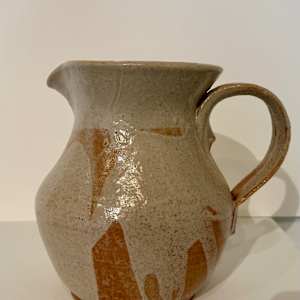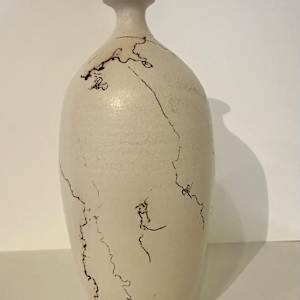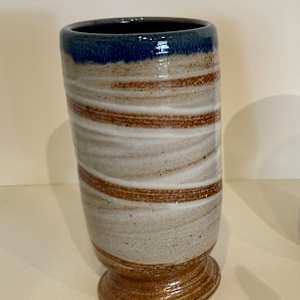Oswaldo Guayasamin
Oswaldo Guayasamín was an Ecuadorian artist whose work is characterized by its Cubist-styled depictions of Latin American people. The artist focused especially on portraying the rampant oppression, poverty, and political strife he witnessed growing up in the region. Born on July 6, 1919, in Quito, Ecuador to parents of Quechua descent, Guayasamín showed a passion for art from an early age and went on to attend the School of Fine Arts in Quito. The artist’s subsequent rise to prominence came about with his exhibition at the Salón Nacional de Acuarelistas y Dibujantes in 1948. Followed by shows at the São Paulo Biennial, the Luxembourg Palace in Paris, and the Palais de Glace in Buenos Aires. Guayasamín is considered by some to be a national hero. His legacy includes the completion of La Capilla del Hombre, a chapel remembering the mistreatment of indigenous peoples in Latin America. During his life, Guayasmín befriended the famed writers Gabriel Garcia-Marquez and Pablo Neruda. He once said “Mantengan encendida una luz que siempre voy a volver,” or "Keep a light burning for I will always return.” Although he sadly passed away on March 10, 1999, in Baltimore, MD, his murals can be seen at the UNESCO Headquarters in Paris and at Adolfo Suárez Airport in Madrid. (Artnet)
Reflections by Brenda Rehrig
Reflections celebrates the multifaceted artistry of Brenda Rehrig, (1956-2023) an Atlanta-based painter and ceramicist whose work captured the rhythms and beauty of the natural world. While Brenda is best known for her luminous encaustic paintings, this exhibition also highlights a lesser-seen side of her practice—her ceramics. These everyday objects, transformed into works of art, reveal the deeply personal and intimate connection Brenda had with her craft.
Brenda’s ceramics embody her ability to elevate the ordinary, infusing functional forms with artistic intention. From the texture of a vase to the curve of a bowl, these pieces reflect the same meticulous care and respect for materials that defined her encaustic work. They invite us to see beauty in the things we touch and use daily, reminding us that art can be woven into the fabric of everyday life.
Born in Pennsylvania, Brenda’s creative journey took her from a career in law to pottery, sculpture, and eventually encaustic painting. Her discovery of encaustics during a residency at the Hambidge Center was transformative, leading her to develop a practice rooted in the ancient techniques of melting and layering beeswax, resin, and pigment. Inspired by the natural world, Brenda’s encaustic works evoke moods rather than scenes, celebrating texture, color, and light in their purest forms.
This exhibition offers a rare glimpse into the full breadth of Brenda’s creative legacy, from her bold encaustic paintings to her delicate and functional ceramics. Through Reflections, we honor Brenda’s enduring vision and her ability to transform raw materials into meaningful, tactile expressions of life, nature, and artistry.
"my work speaks of nature and the rhythms of nature. each painting begins with a color concept referencing an idea or a natural thing. the materials used are natural beeswax combined with resin and colorants applied to a wood substrate. this combination of materials is applied and fused over a long expanse of time, the buildup is a paradox of intention and chaos. i am deliberately looking for expression without the use of imagery."
Tomás Sánchez
Tomás Sánchez is a Cuban painter. Best known for his detailed and idealized nature scenes, his work is characterized by its contemporary interpretation of landscape painting. Sánchez manages to depict the sociopolitical landscape of Cuba through his intricately rendered waterfalls, islands, and plant life, exploring issues of globalization and spirituality in the face of overwhelming change. His paintings are Surrealist and symbolic, with his style often compared to the work of Caspar David Friedrich and the Hudson River School. Sánchez’s landscapes are always pristine and devoid of human presence, giving his work an otherworldly quality, as seen in expansive landscapes such as Orilla En La Noche Clara (1993). Born in Aguada de Pasajeros, Cuba on May 22, 1948, he went on to study at the National Academy of Fine Arts San Alejandro and the National Art School between 1964 and 1971. Sánchez quickly rose to prominence in the international art world, receiving the Joan Miró Prize in 1980 and the Amelia Peláez Award in 1984 for his work in Havana’s first Biennial. His work has been exhibited at the National Museum of Fine Art in Havana, the Museo de Arte Contemporáneo de Monterrey in Monterrey, Mexico, and the Galería Expoarte in Panama City, among others. (Artnet)
